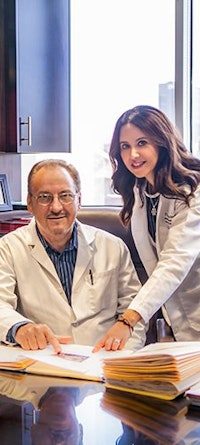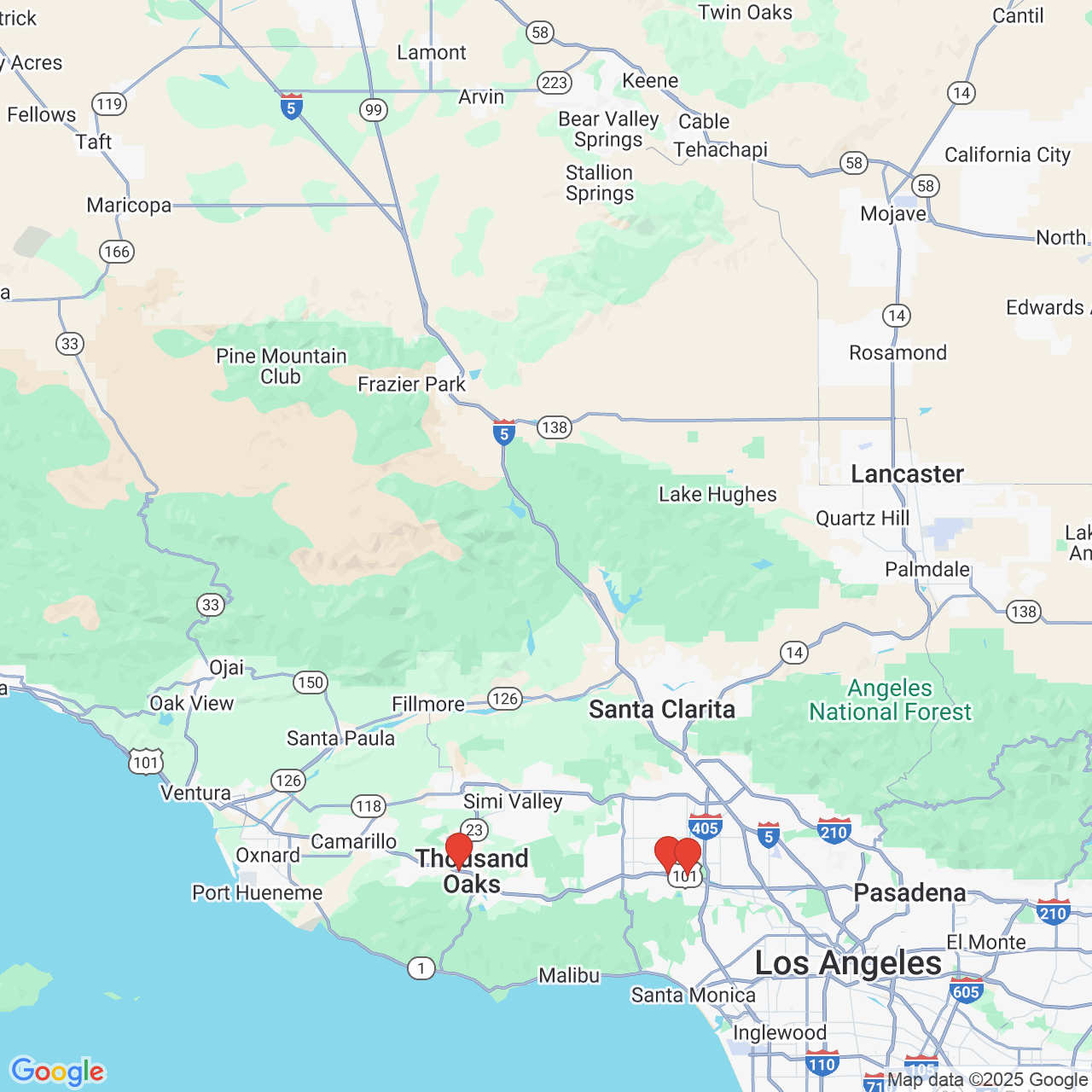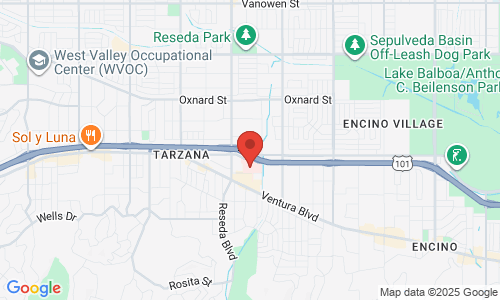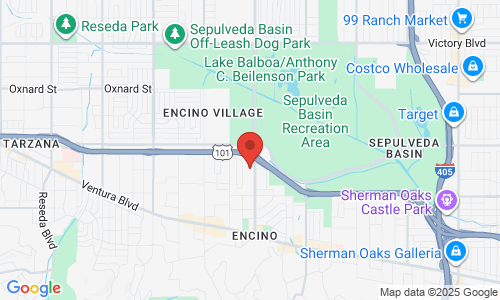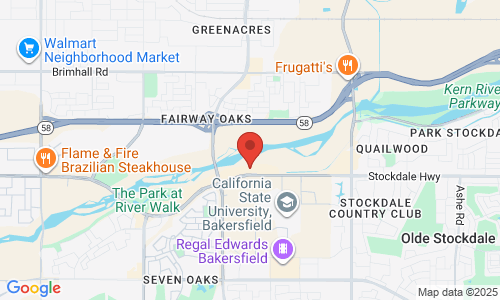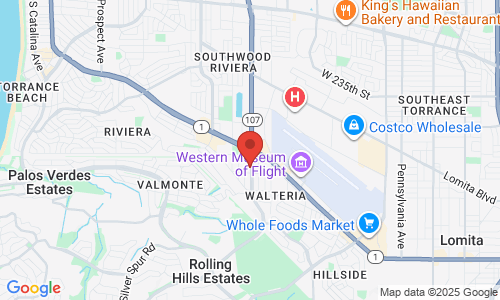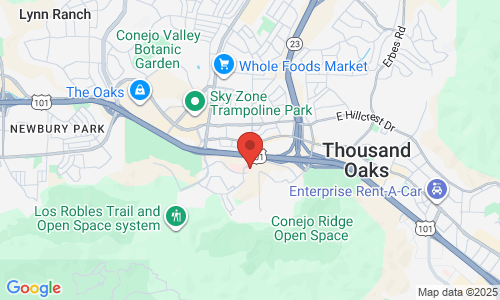Description
Have you undergone tubal ligation to avoid becoming pregnant, but recently decided that you want to grow your family after all? Michael Vermesh, MD, FACOG, of the Center for Fertility and Gynecology can reverse tubal ligation through an outpatient surgical procedure called tubal reversal. Dr. Vermesh has 40 years of experience performing this procedure, which can allow a couple to conceive naturally.
View transcript
Women who undergo tubal ligation as a method of contraception may because of changing circumstances decide to reverse this and to conceive again. The options those women have are two, either surgical procedure to reverse the tubal ligation, called tubal reversal or tubal reanastomosis, or to bypass the tubes altogether in the form of in vitro fertilization. In our practice, we master both procedures, and therefore we can give those women the both sides of the coin and let them choose the method that fits them best.
The tubal reversal is a practice that is disappearing. It is no longer taught in fellowship programs. So the only physicians who can still perform these procedures are physicians from my generation, essentially. Over the past 40 years, I've accumulated vast experience in performing tubal reversal.
The advantage of tubal reversal versus in vitro fertilization are primarily financial. It is much less expensive than in vitro fertilization. It also offers the couple a way to conceive naturally after a single surgical procedure, instead of undergoing a prolonged hormone injection. The tubal reversal is a outpatient procedure. The incision is similar to a C-section incision but much smaller. The tubes are then put together with very small sutures with using magnifying loupes and microsurgical instruments.
At the end of the procedure, we confirm that the tubes are open by injecting blue dye so that we can assure the couple that the procedure was successful. The couple is then encouraged to attempt to conceive within a month or two of finishing the procedure. And if they are unable to conceive within a period of four to six months, we recommend that they undergo an x-ray to confirm that the tubes are still open. If the procedure fails, they still can undergo in vitro fertilization as a last resort.














































